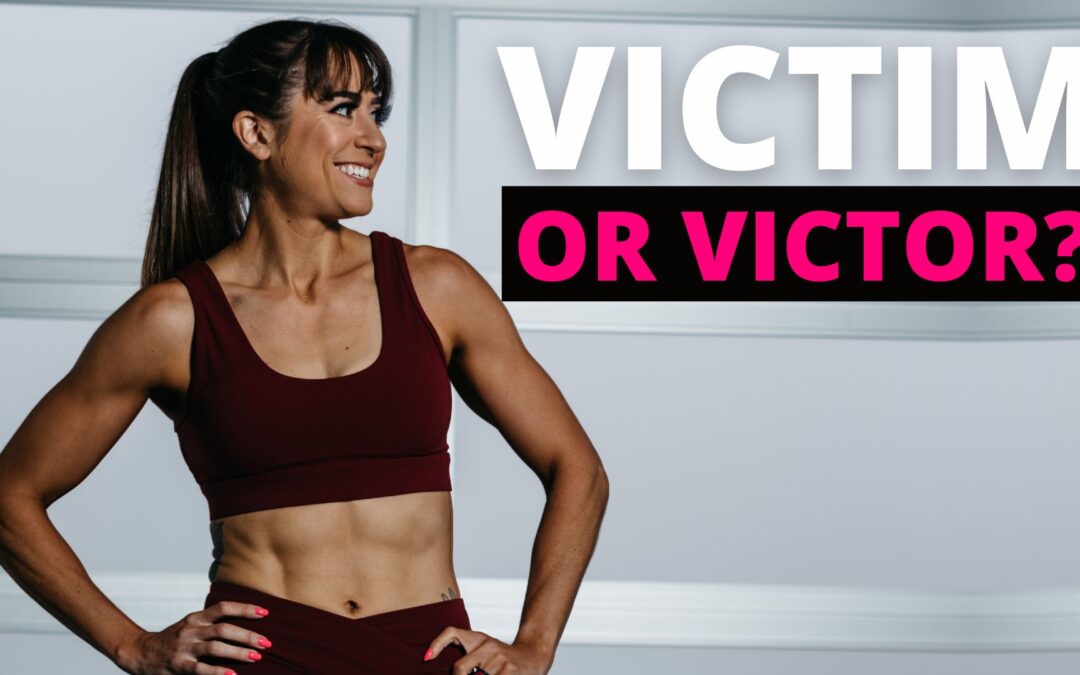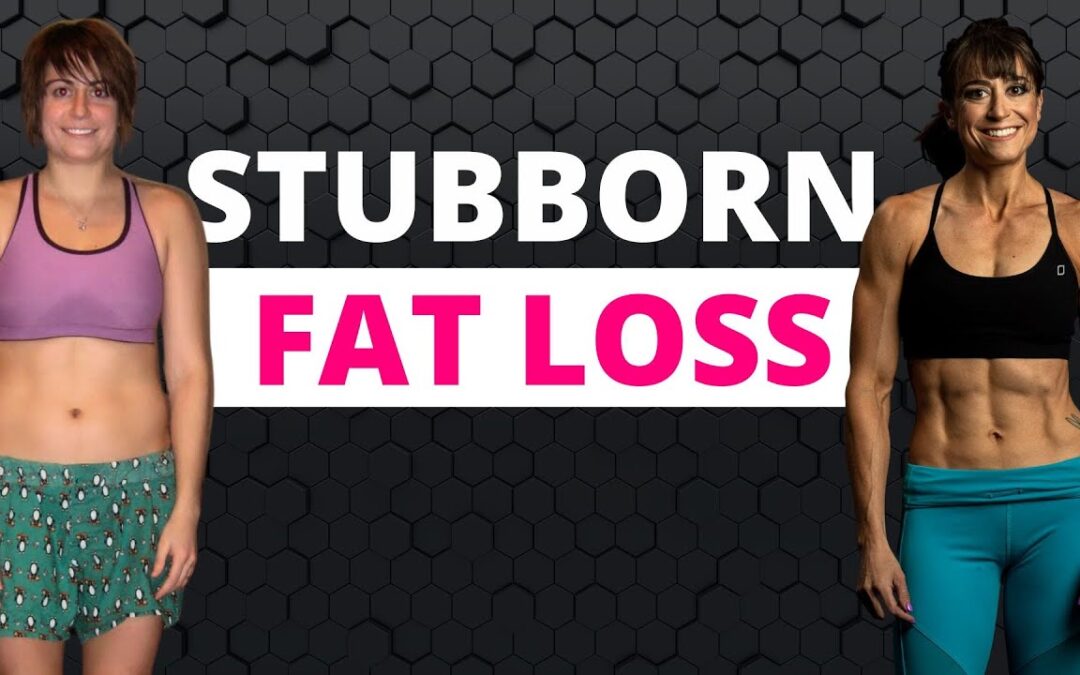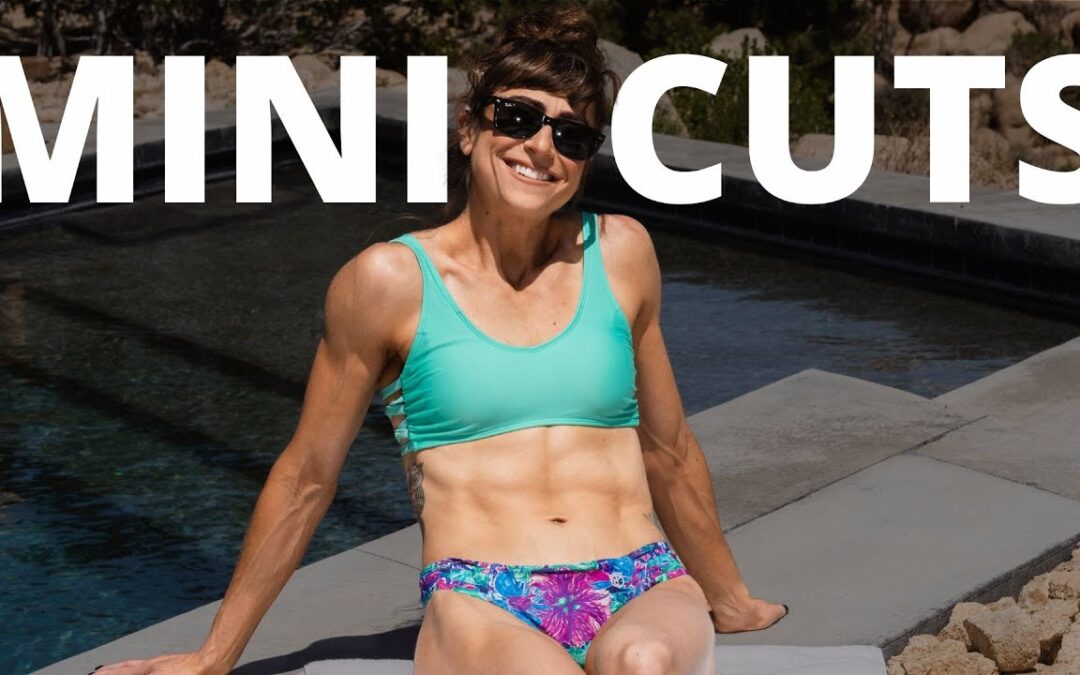
by Cori Lefkowith | Jul 21, 2024 | Blog, Diet, Exercises
So often we blame our age for the reason we’re seeing that middle age spread happen. But honestly, your age isn’t an excuse to gain fat or not feel and move your best. You’re using it as an excuse because it’s…well…easier than taking ownership. Harsh…YUP. But it’s the...

by Cori Lefkowith | Jul 17, 2024 | podcast
LISTEN HERE 7 WATCH HERE 7 TRANSCRIPT 7 OPEN TRANSCRIPT Cori (00:03):Hey guys, this is Cori from Redefining Strength. Welcome to the Fitness Hacks Podcast.. This is the show where I share all my free workout and nutrition tips. I’m not going to ever fill this...

by Cori Lefkowith | Jul 17, 2024 | podcast
LISTEN HERE 7 WATCH HERE 7 TRANSCRIPT 7 OPEN TRANSCRIPT 00:00 Hey guys, this is Cori from Redefining Strength. Welcome to the Fitness Hacks Podcast. This is the show where I share all my free workout and nutrition tips. I’m not going to ever fill this episode...

by Cori Lefkowith | Jul 17, 2024 | podcast
LISTEN HERE 7 WATCH HERE 7 TRANSCRIPT 7 OPEN TRANSCRIPT 00:00 Hey guys, this is Cori from Redefining Strength. Welcome to the Fitness Hacks Podcast. This is the show where I (00:05):Share all my free (00:06):Workout and nutrition tips. I’m not going to ever fill...

by Cori Lefkowith | Jul 17, 2024 | podcast
LISTEN HERE 7 WATCH HERE 7 TRANSCRIPT 7 OPEN TRANSCRIPT Cori (00:00):Hey guys, this is Cori from Redefining Strength. Welcome to the Fitness Hacks Podcast. This is a show where I share all my free work, workout, and nutrition tips. I’m not going to ever fill...






